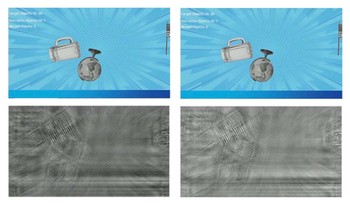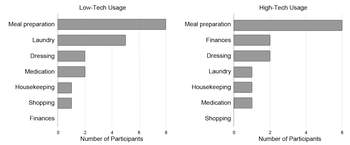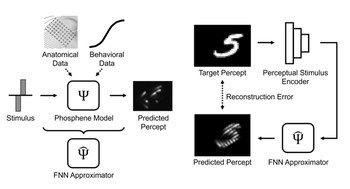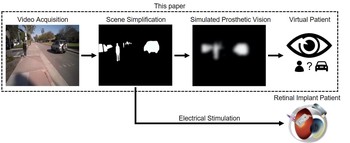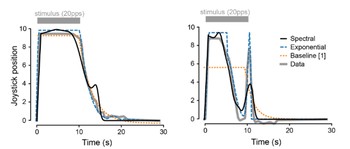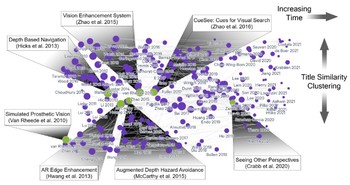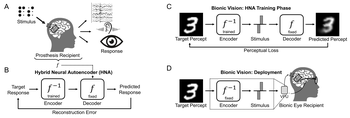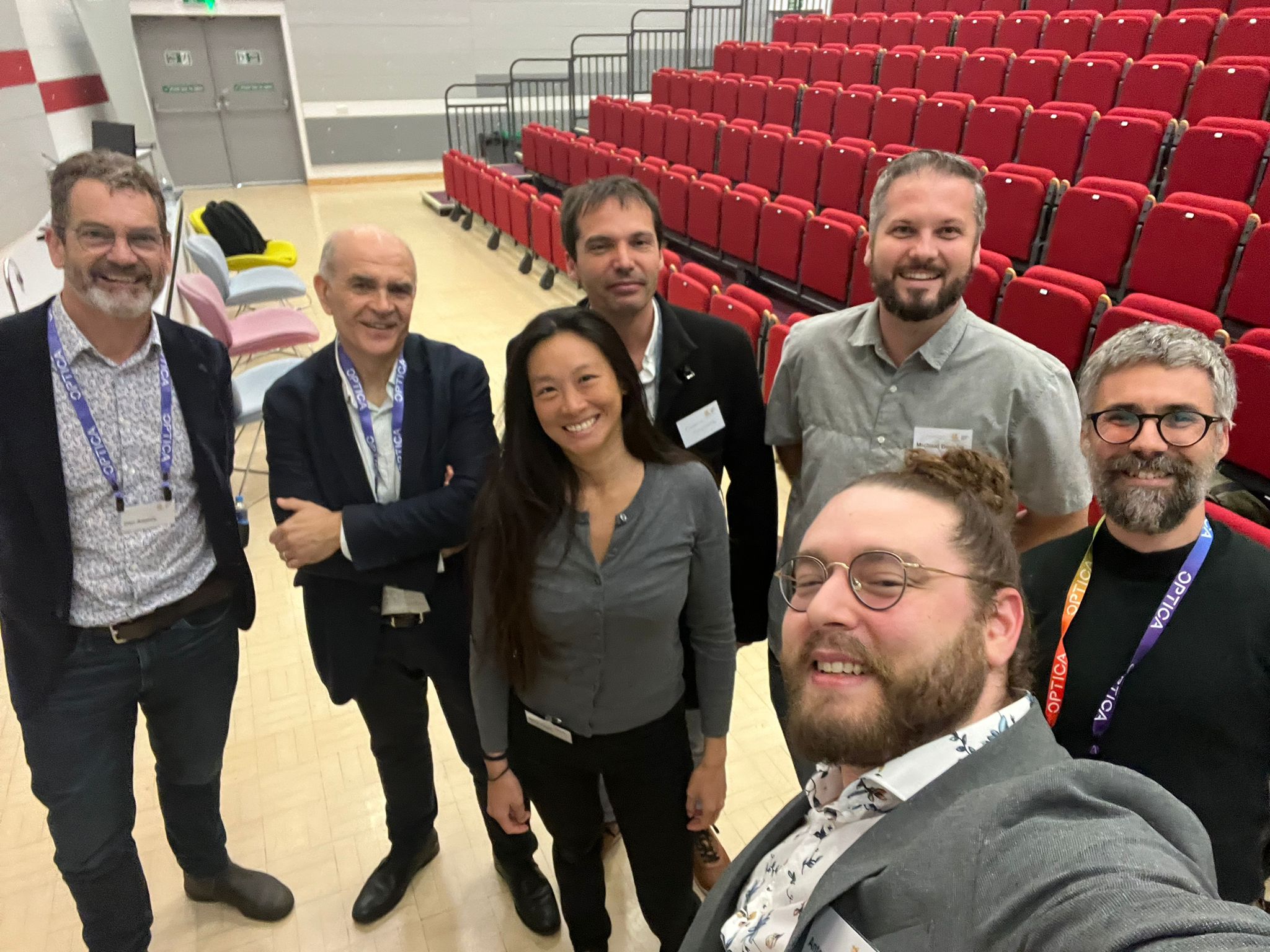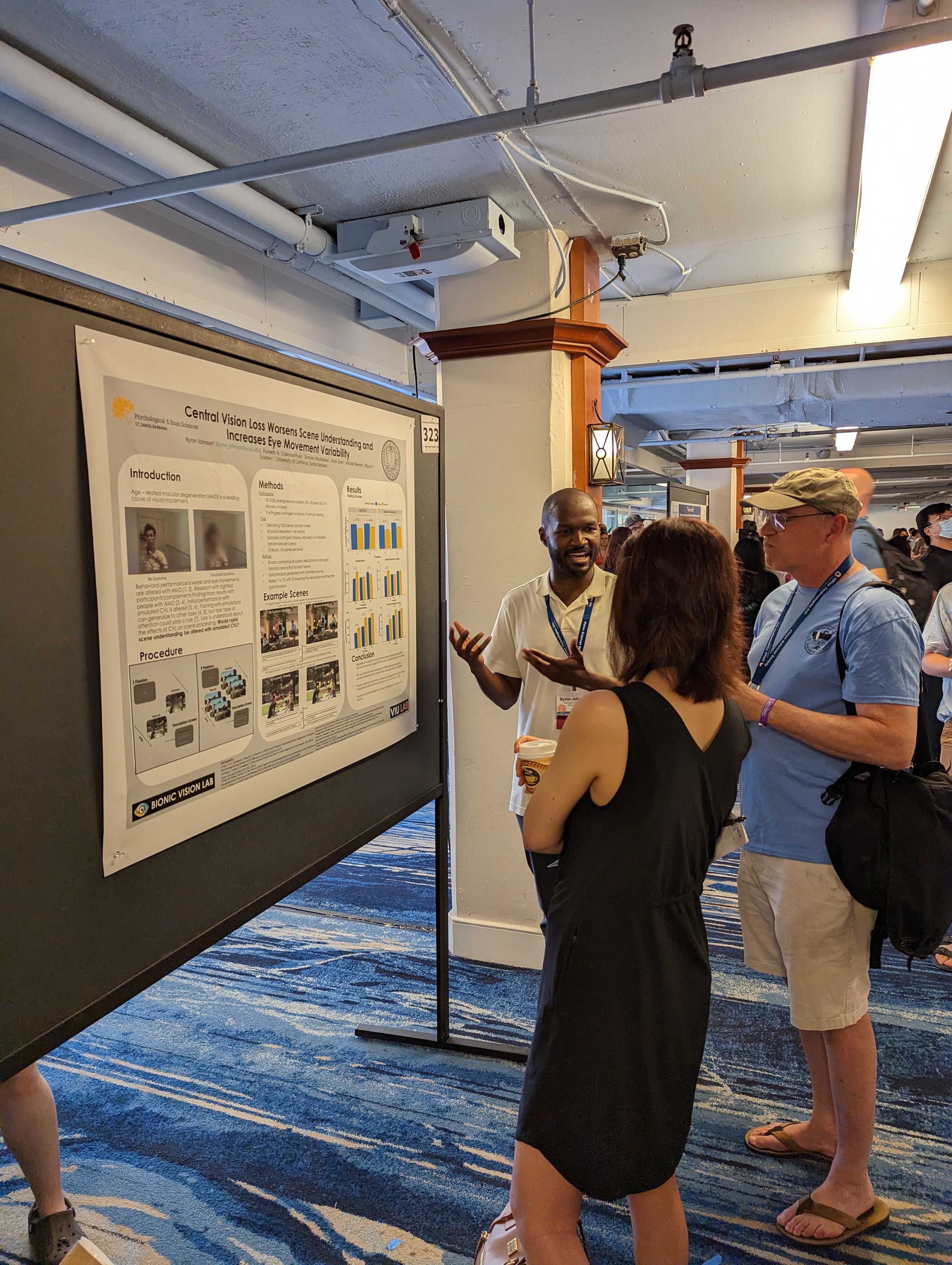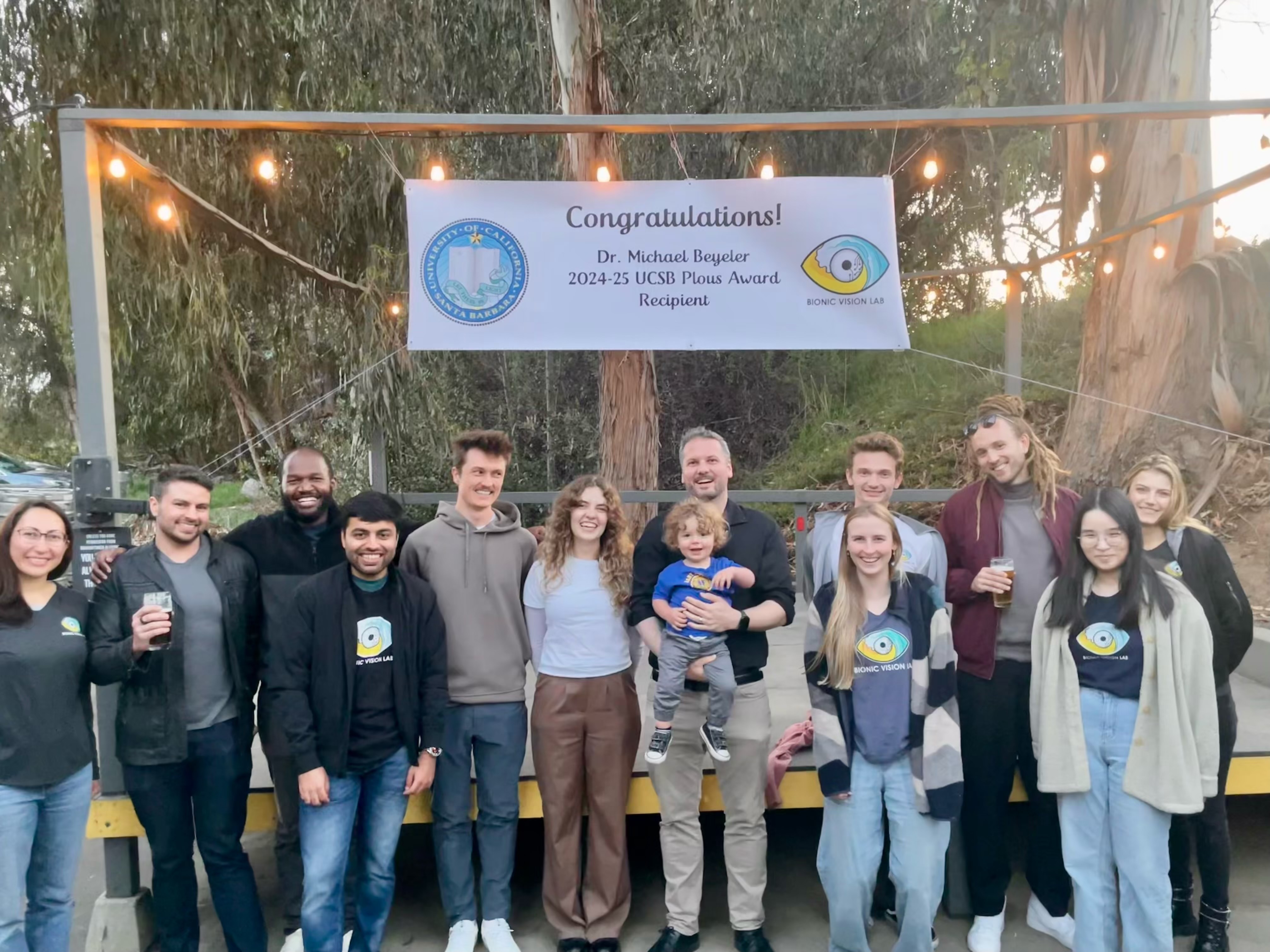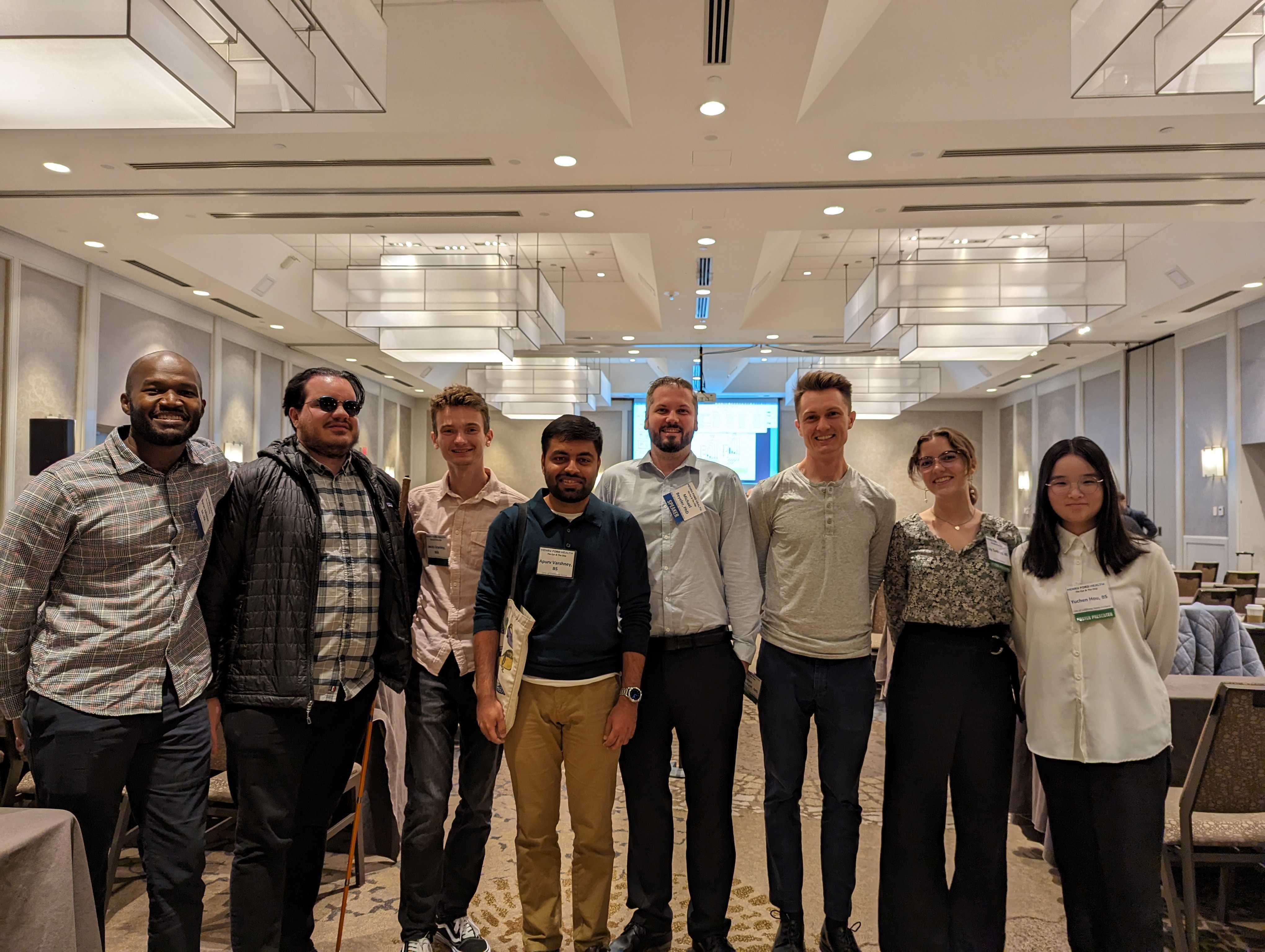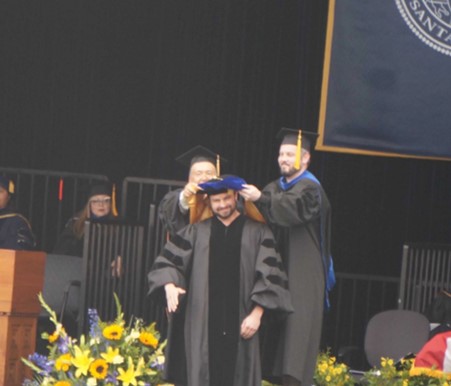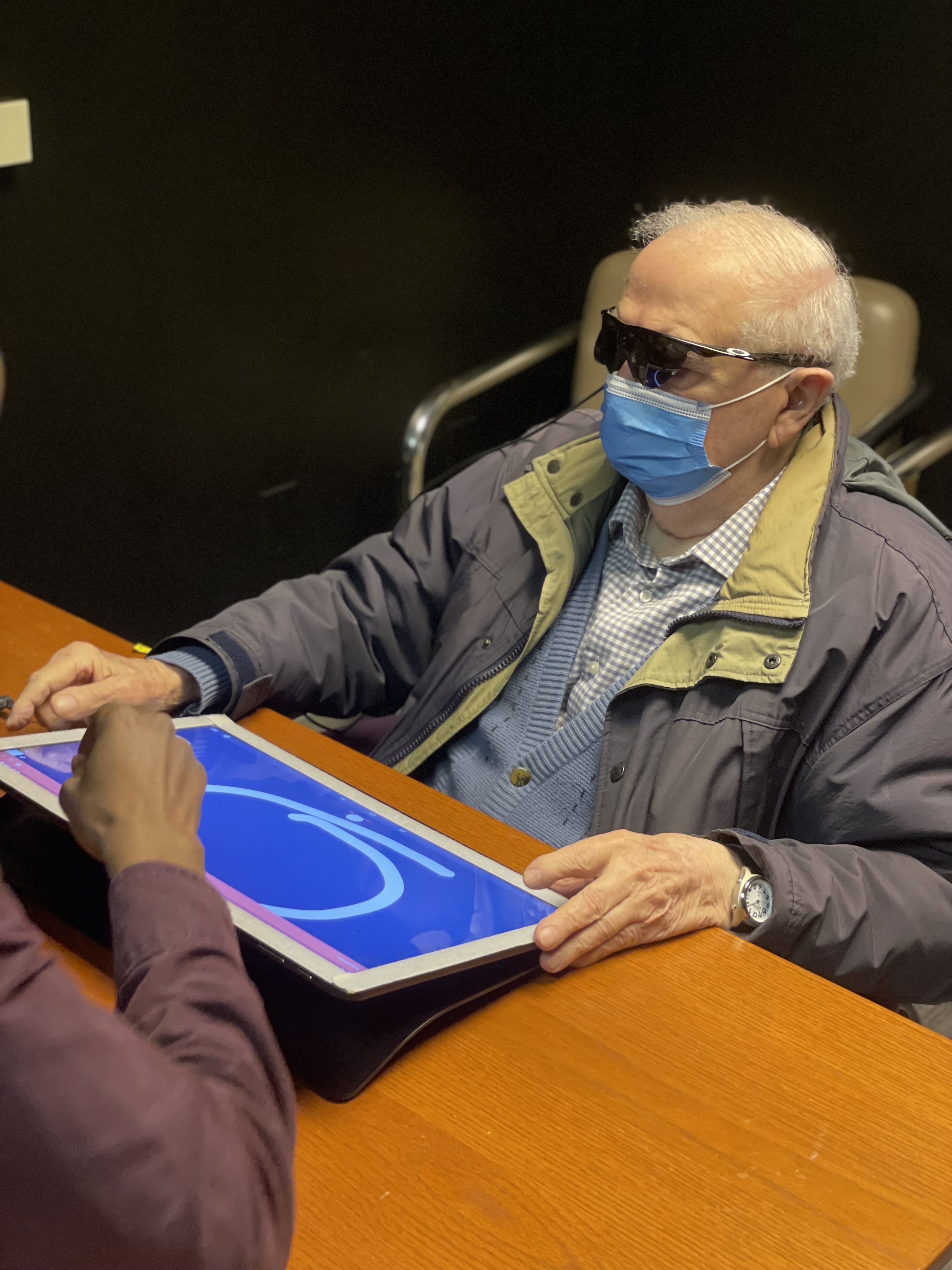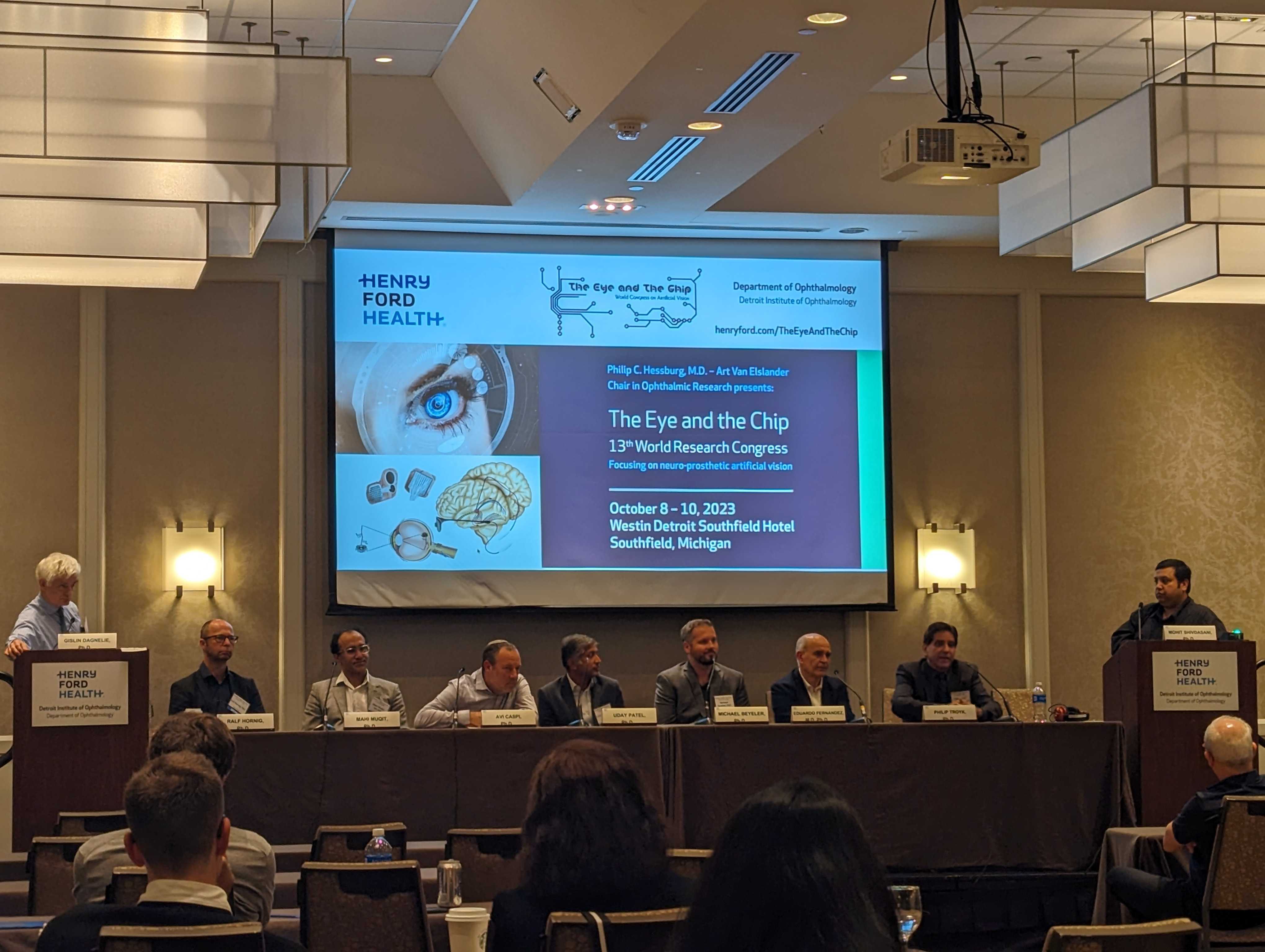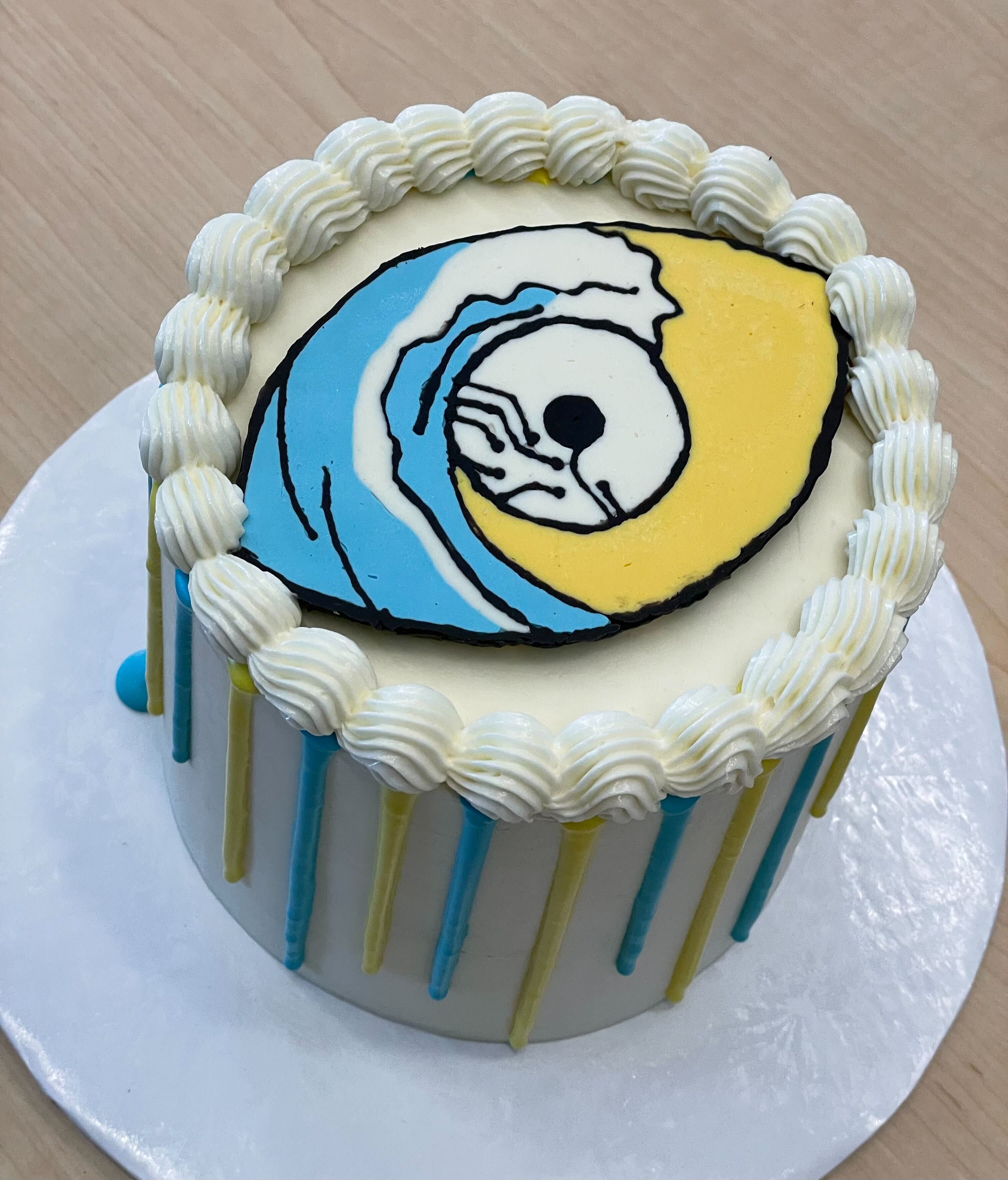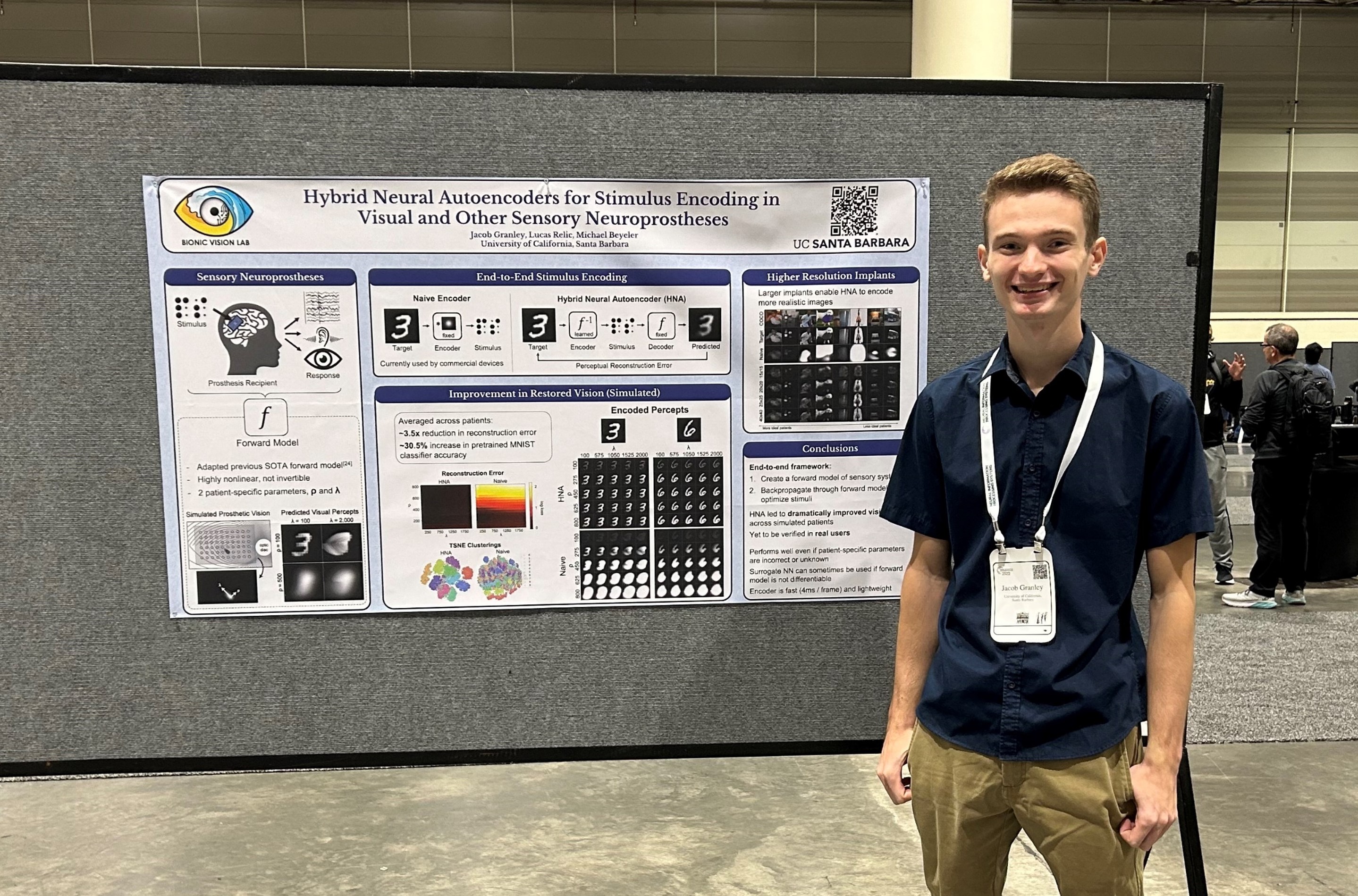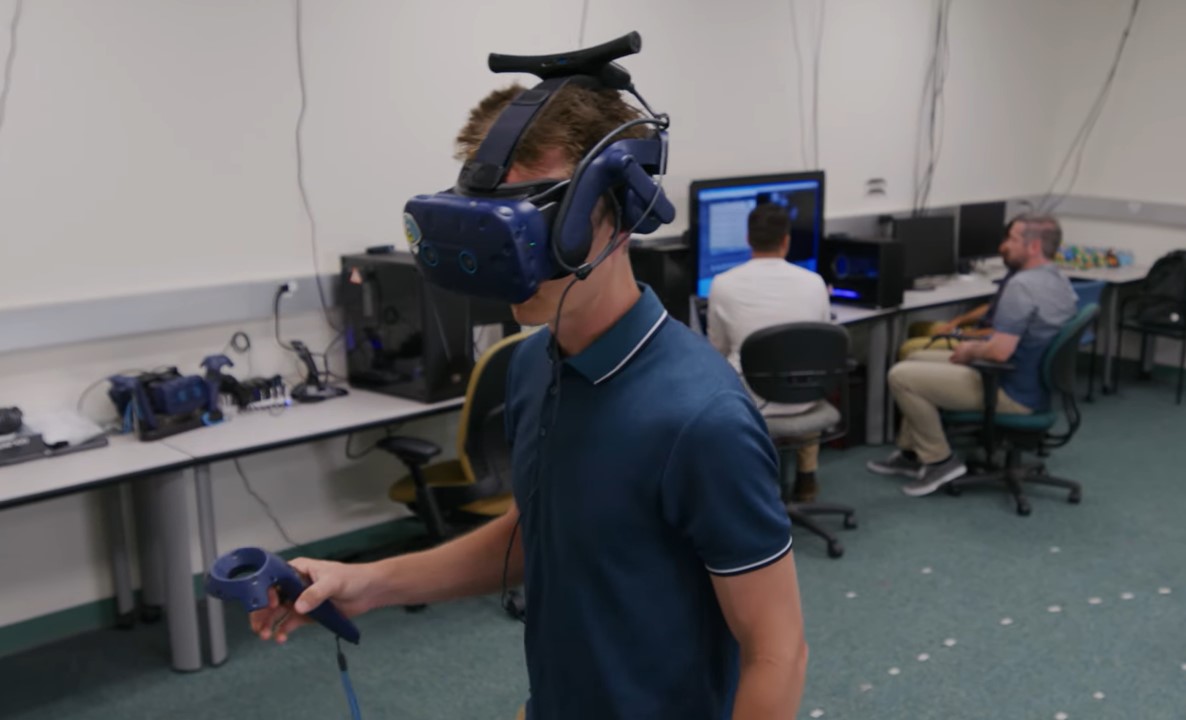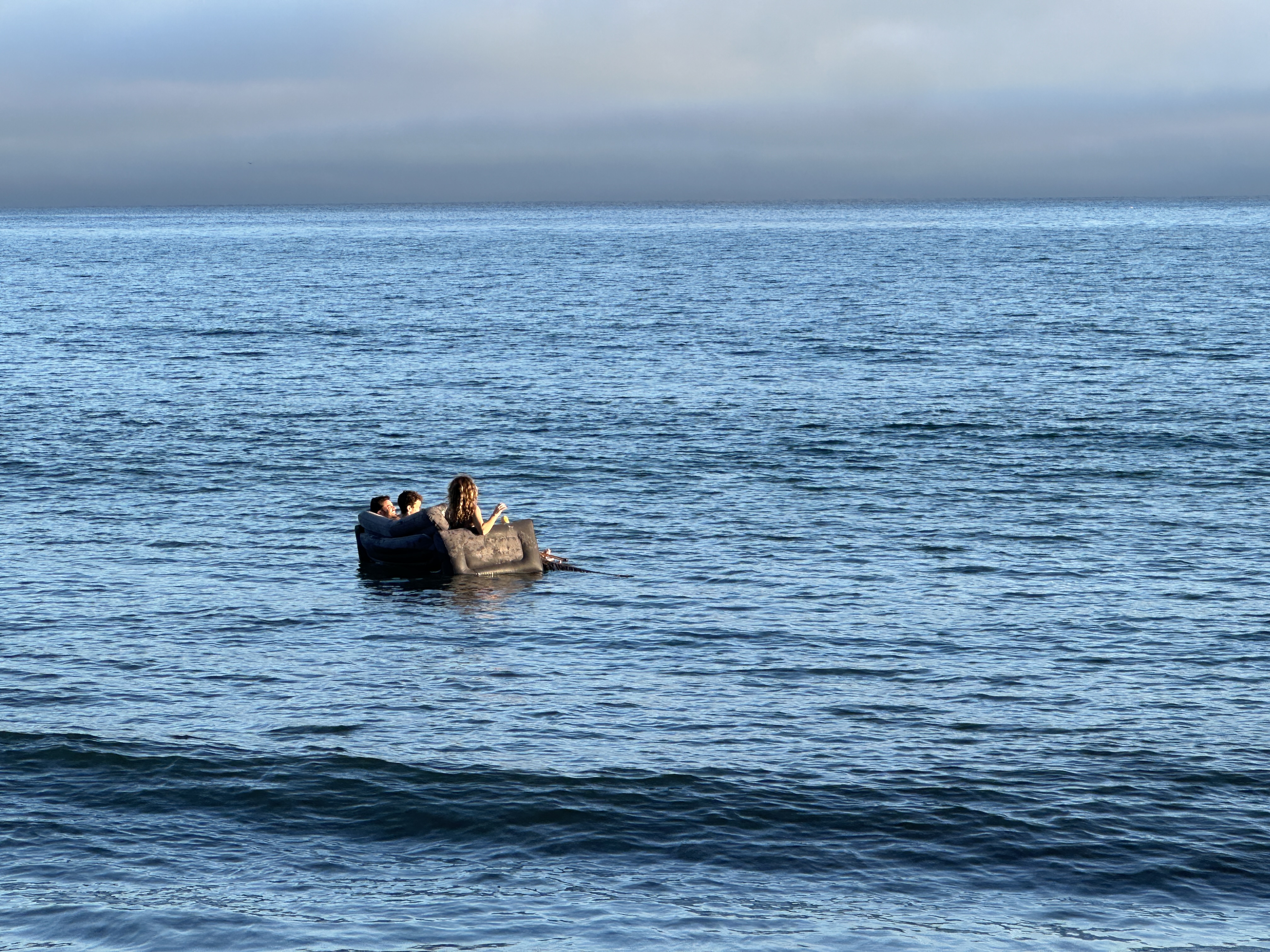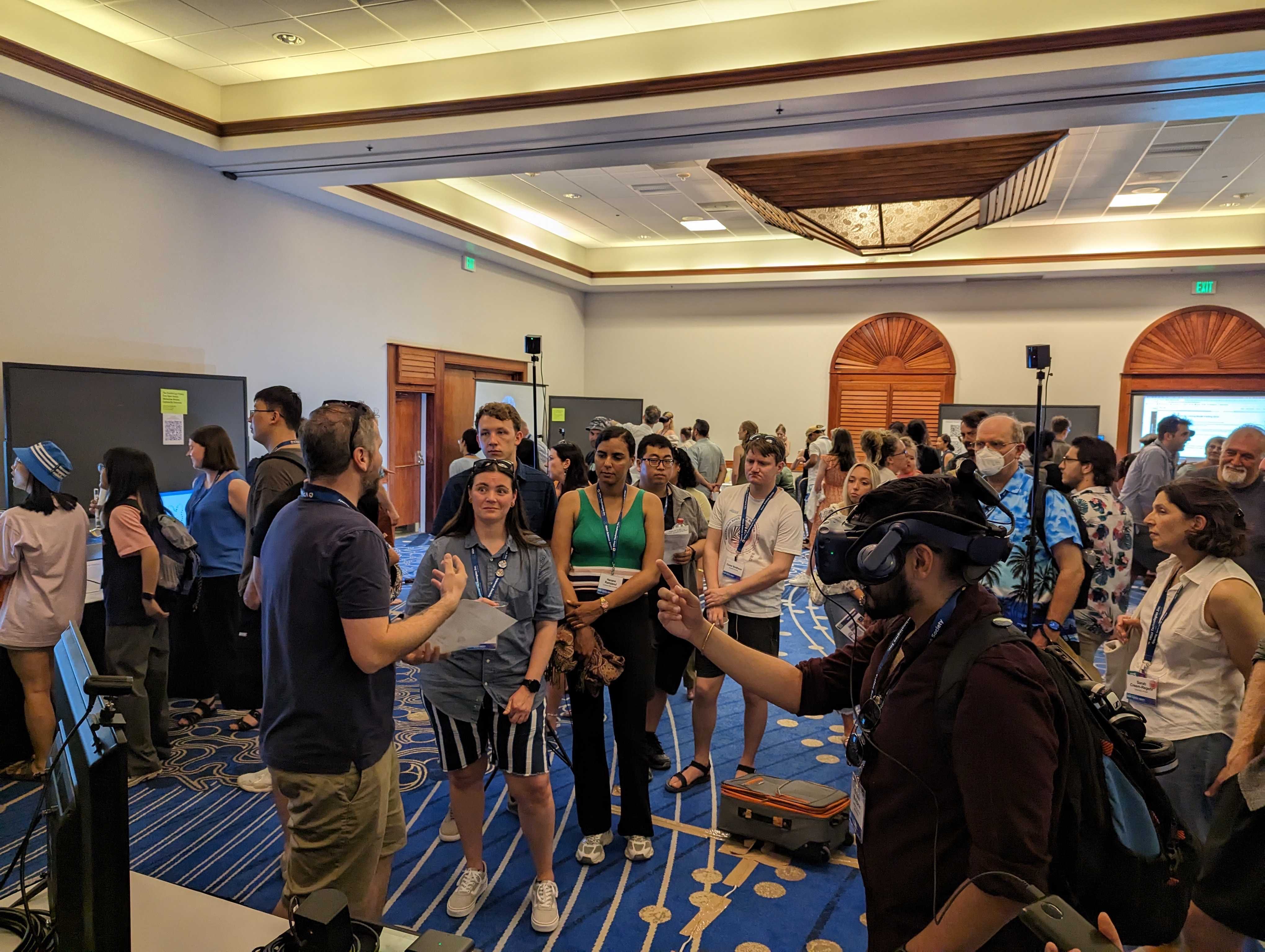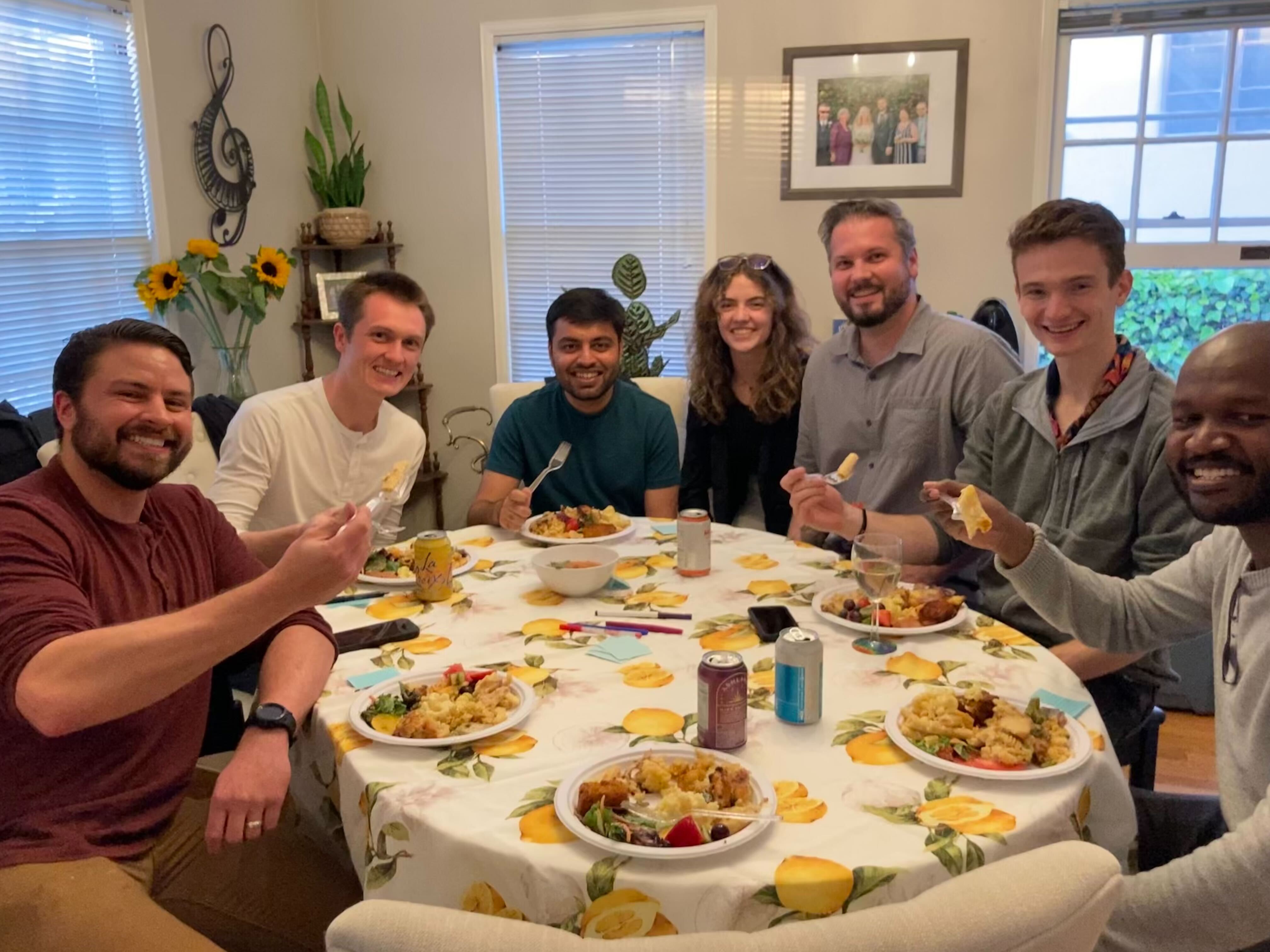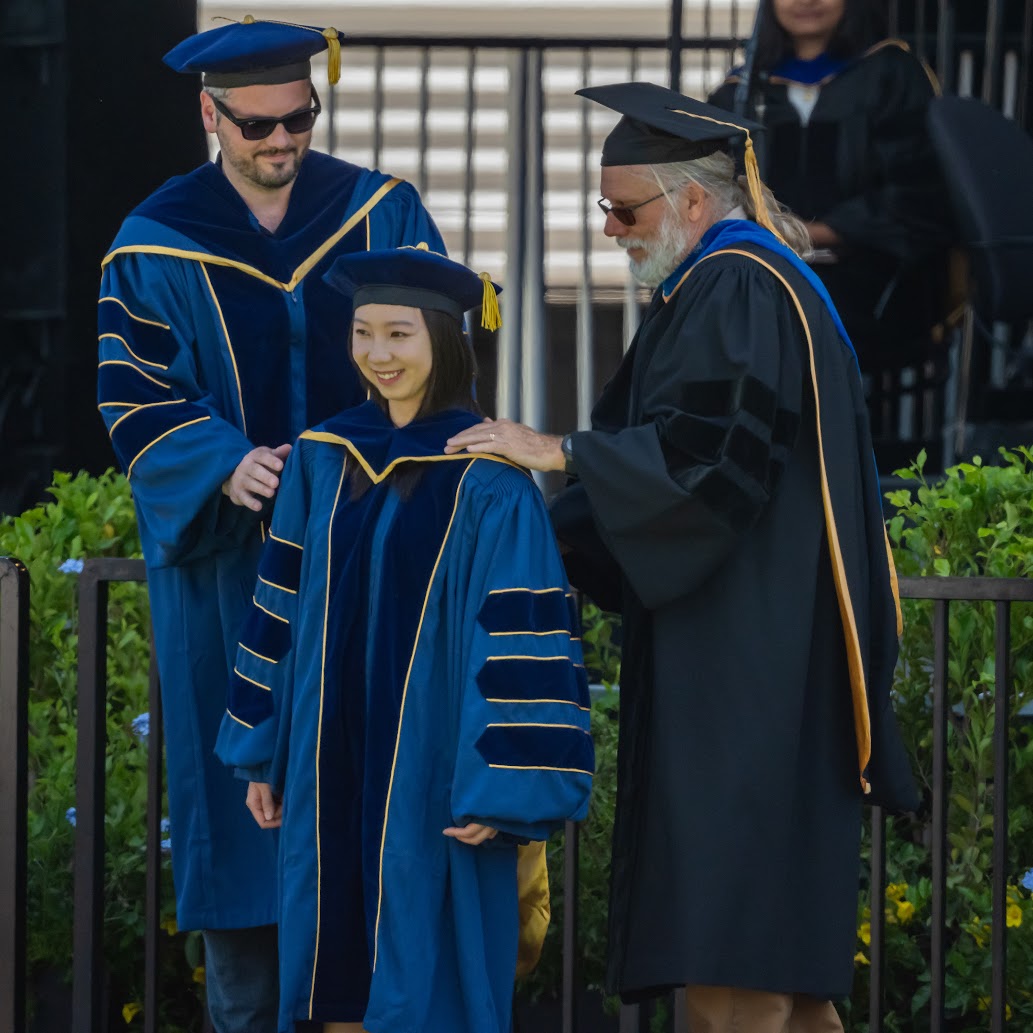We propose a Gaussian Process Regression (GPR) framework to predict perceptual thresholds at unsampled locations while leveraging uncertainty estimates to guide adaptive sampling.
Who We Are
Rethinking sight restoration through models, data, and lived experience.
We are an interdisciplinary group exploring the science of human, animal, and artificial vision. Our passion lies in understanding how vision works, and how it might be restored in people living with incurable blindness. We focus especially on the emerging field of bionic vision, where insights from neuroscience and engineering converge to inform next-generation neurotechnology.
At the heart of our lab is a diverse team that brings together computer science, psychology, and neuroscience. We are united by a fascination with visual perception and a commitment to research that bridges theory and application. Our work spans computational modeling, psychophysics, and machine learning; from studying how individuals with visual impairment perceive the world, to building biophysical models of brain activity, to using virtual and augmented reality as testbeds for new visual accessibility tools.
What sets our lab apart is our close collaboration with implant developers and bionic eye recipients. We aim to unify efforts across the field by creating open-source tools and standardized evaluation methods that can be used across devices and patient populations. Our goal is not only to advance scientific understanding, but to help reshape how vision restoration technologies are conceptualized, tested, and translated—ultimately supporting greater independence and quality of life for people with vision loss.


